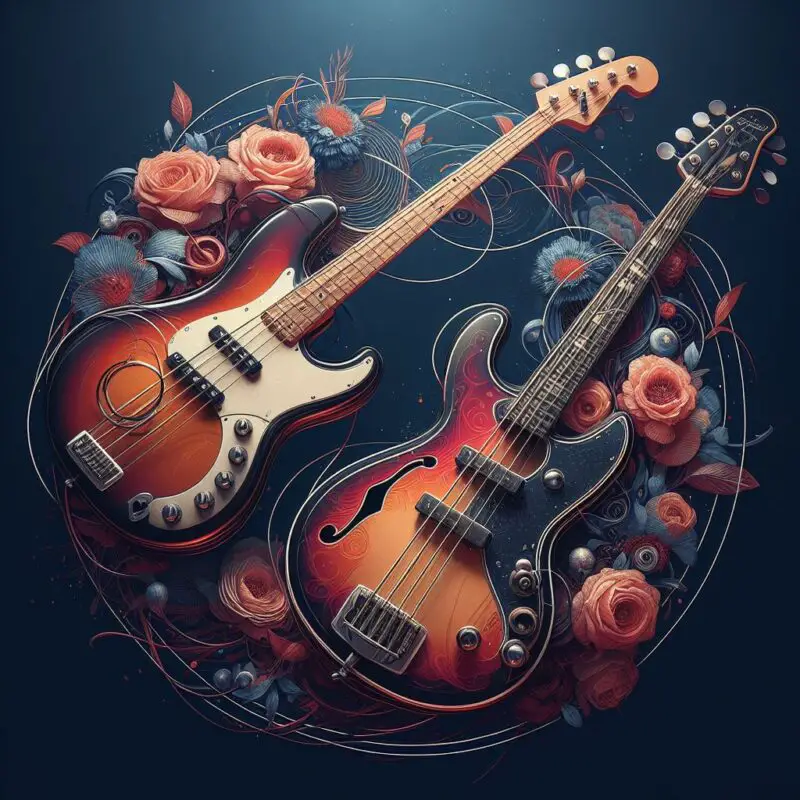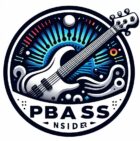“Explore Sting’s Iconic Bass Sound.” Tips and Tricks to Achieve His Signature Style”
Table of Contents
What bass does Sting play?
Sting Basses
Sting, the influential bassist known for his work with The Police and as a solo artist, has wielded an array of bass guitars throughout his illustrious career. Let’s delve into some of Sting’s basses:
What bass does Sting play
- Fender Precision Basses:
- Sting’s cream-of-the-crop basses are his 1955 and 1957 Precision basses, both hand-built by Leo Fender. These historic instruments continue to be part of his arsenal today.
- His 1962 Jazz bass has also been a studio favorite over the years.
- Ibanez Basses:
- During the Regatta de Blanc album era, Sting preferred Ibanez guitars. He particularly enjoyed the Musician range of basses.
- Notable Ibanez basses he used include the fretless MC900, Fretted MC824, and Fretless MC980 8-string.
- Hamer Basses:
- Although not as impactful on his career, Sting briefly explored Hamer basses. Notable mentions include an 8-string fretless and a Cruisebass.
- The Phantom bass also made an appearance in his collection.
- Van Zalinge Electric Upright Bass:
- Perhaps the quirkiest choice, Sting played the Dutch-made Van Zalinge electric upright bass. It contributed to the recordings of Synchronicity and possibly Ghost in the Machine.
- Steinberger L2:
- Around the time of Synchronicity, Sting utilized the Steinberger L2. It often doubled lines he had played on the electric upright bass.
In summary, Sting’s bass journey spans various instruments, each leaving its mark on his iconic sound. From vintage Fenders to unconventional choices, his musical exploration knows no bounds!
Sting’s 1955 and 1957 Precision Basses
Sting, the legendary musician and songwriter, has been among the most influential bassists for the last 40 years. He has used a variety of basses over his career. Still, the Fender Precision Bass has been his go-to instrument for many years.
Sting’s most prized bass guitars are his 1955 and 1957 Precision basses, hand-built by Leo Fender, and he still uses them today. Sting treasures the historical significance of these instruments.
Sting has also used a range of other basses over the years, including Ibanez, Hamer, and Steinberger. However, he has always had a soft spot for Fender basses, and his 1962 Jazz bass has been a mainstay in his arsenal over the years and mainly used when in the studio.
Sting’s love for the Fender Precision Bass is evident in his music, and his unique style has inspired countless musicians worldwide. Whether you’re a seasoned bassist or just starting, the Precision Bass is a classic instrument that will inspire you to create your unique sound.
How to sound like Sting
- Use a Fender Precision Bass: Sting plays a few mid-late 1950s Fender Precisions, including his prized ’57 Precision. Using a Precision Bass will help you get closer to his sound.
- Play with your fingers or a pick: Sting uses his fingers and a pick to play the bass. Experiment with both techniques to see which one works best for you.
- Adjust your dynamics: Sting’s dynamic range characterizes his playing style. He can play with a light touch or dig deep to create a more aggressive sound. Adjusting your dynamics can help you achieve a similar sound.
- Experiment with your tone: Sting’s tone has evolved over the years, but he is known for his punchy and attacking bass sound. Experiment with your tone controls to find a sound that works for you.
- Listen to Sting’s music: Listening to Sting’s music can help you get a better understanding of his playing style and sound. Please pay attention to his bass lines and how he plays them.
- Practice, practice, practice: Achieving Sting’s sound with your Precision Bass will take time and practice. Keep experimenting and practicing until you find a sound that works for you.

A short story about Sting, his Bass and an airplane
How did Sting create his sound on his Precision Bass?
Sting’s sound on his Fender Precision Bass results from his playing style and the instrument itself. In an interview with Music Radar, Sting said that he has been playing his 1957 Fender Precision Bass for over 25 years and has a “growl that a modern bass guitar simply does not possess.” He also mentioned that the bass has a roundwound pickup and a genuine spirit.
Sting’s playing style is characterized by his dynamic range. He can play with a light touch or dig deep to create a more aggressive sound. He also uses his fingers and a pick to play the bass.
Sting’s tone has evolved over the years, but he is known for his punchy and attacking bass sound. His exact settings are not publicly available, but experimenting with your tone controls can help you find a sound that works.
What specific songs by Sting could help me understand his playing style and sound?
Some specific songs by Sting that could help you understand his playing style and sound are “Message in a Bottle,” “Roxanne,” “Walking on the Moon,” “Every Breath You Take,” and “Fields of Gold.”
These songs showcase his use of dynamics, fingerstyle and pick playing, and punchy bass sound. These tracks can help you better understand Sting’s bass-playing style and sound.

The Sting Bass Tone
The Sting bass tone is a unique and highly sought-after sound in increasingly popular music. It is characterized by a bright, sharp, and assertive sound that cuts through the mix and provides a punchy presence to the bassline. This distinct tone is achieved by using a bass with a single coil pickup rather than a traditional humbucker pickup, which produces a more treble-heavy sound.
The strings are played with a lot of attack and precision, contributing to the overall clarity and definition of the tone. The sting bass tone is widely used in funk, reggae, and rock genres, where the bass plays a vital role in driving the rhythm and groove of the music.


